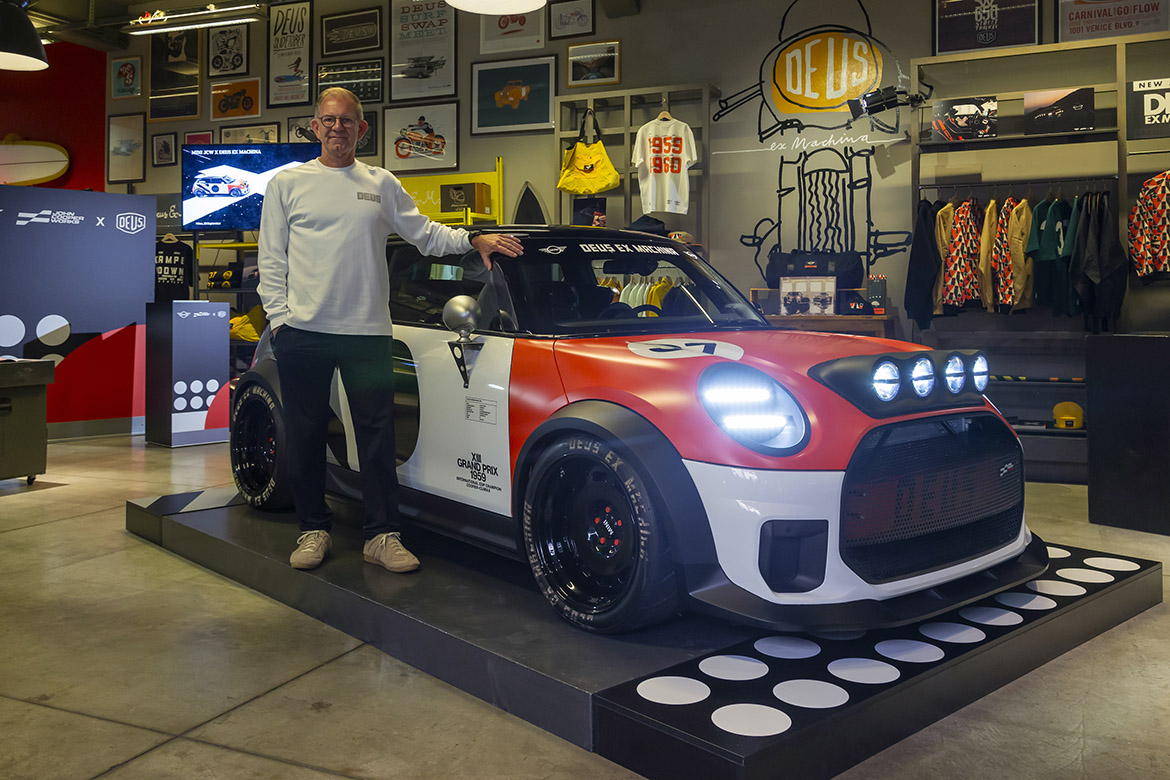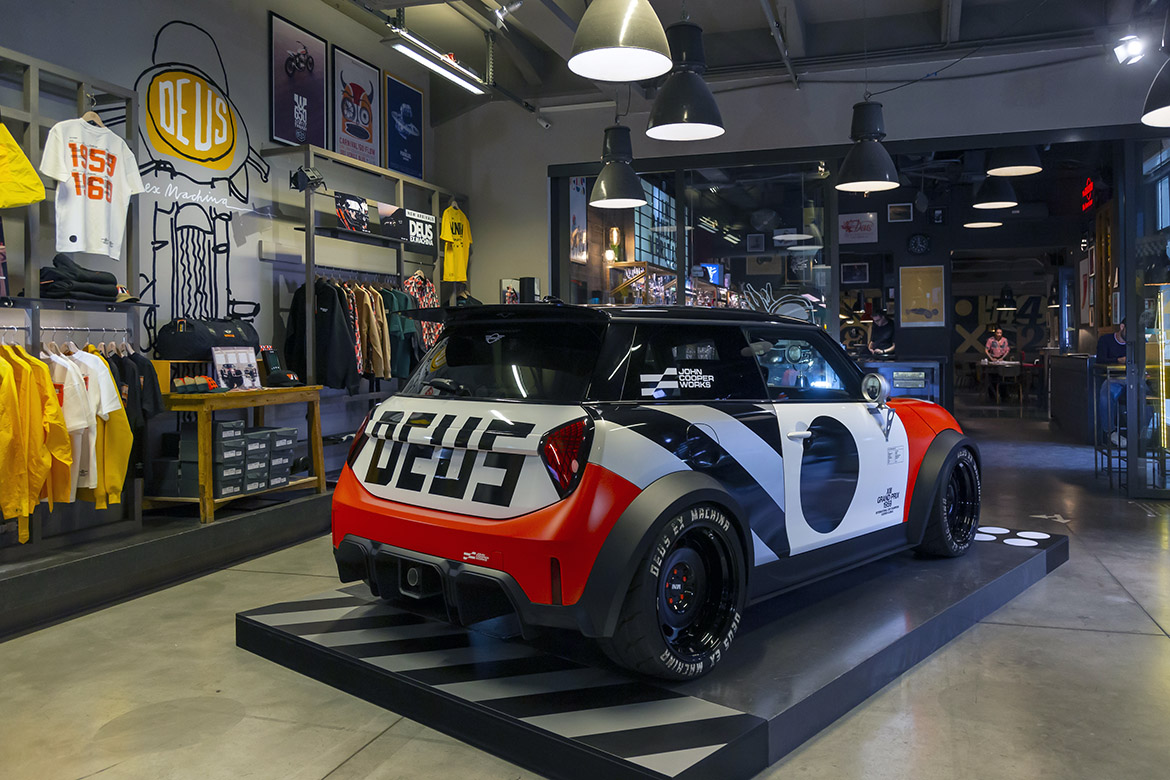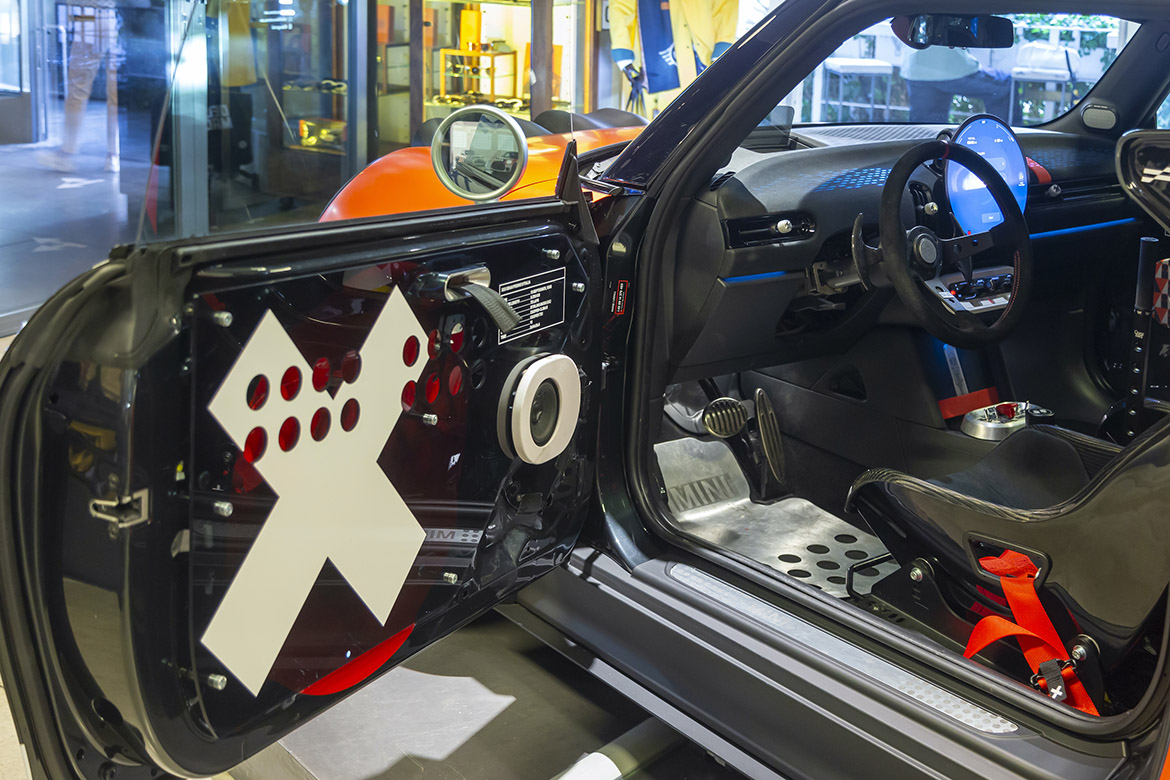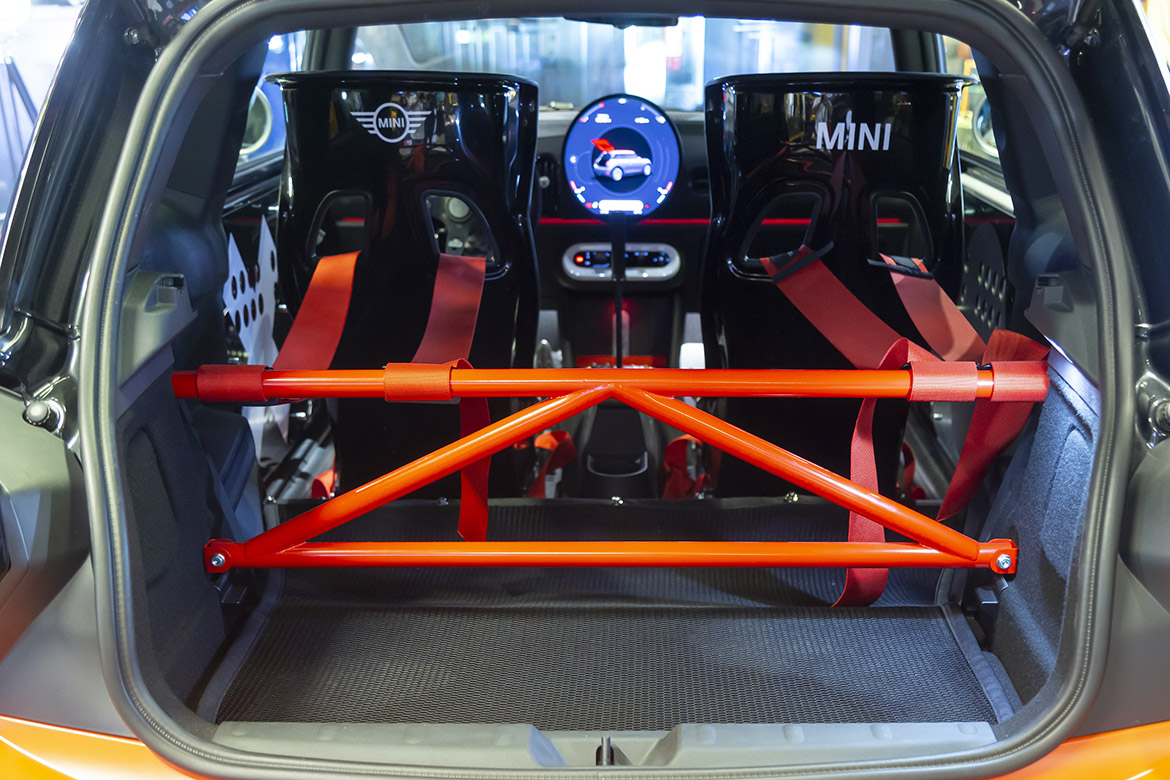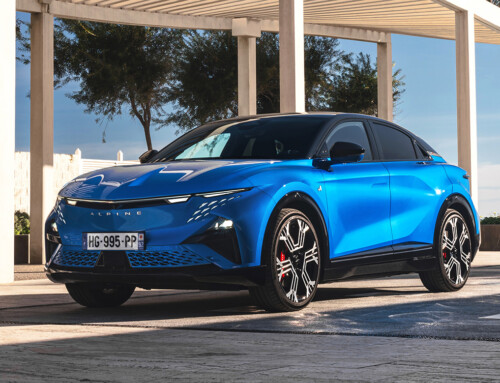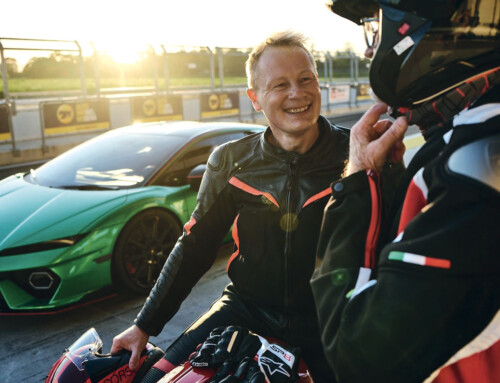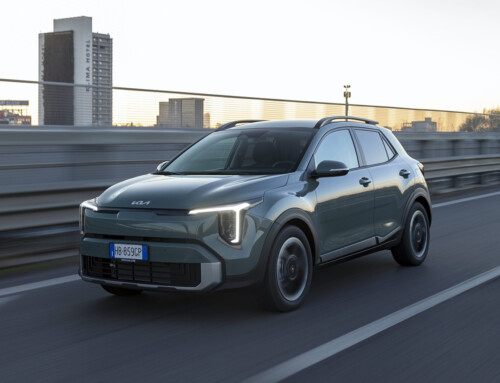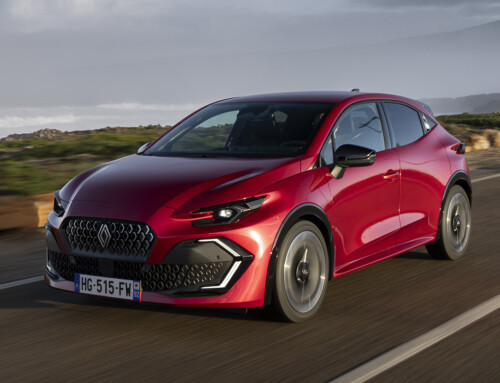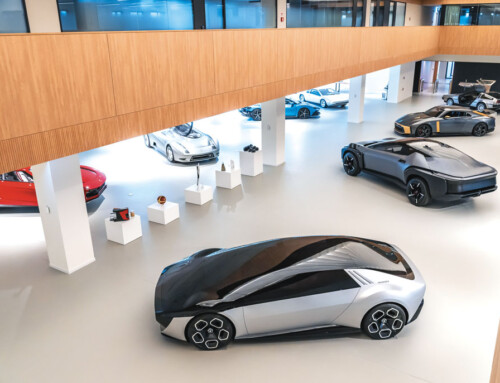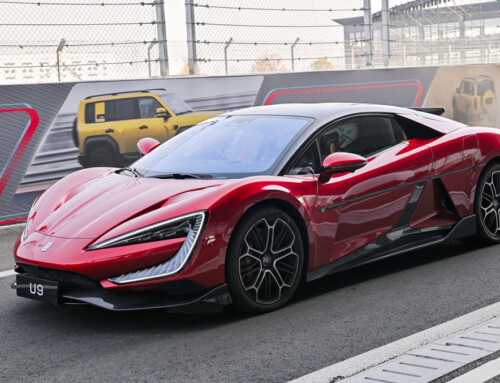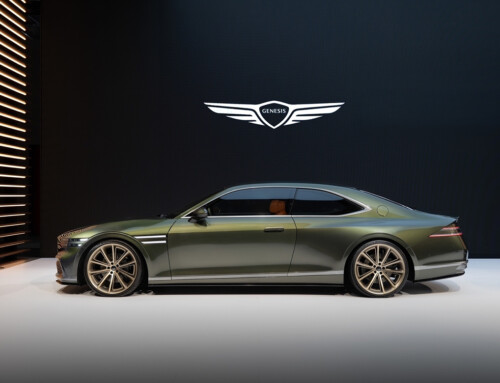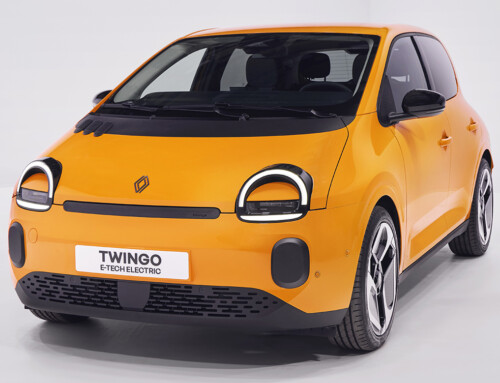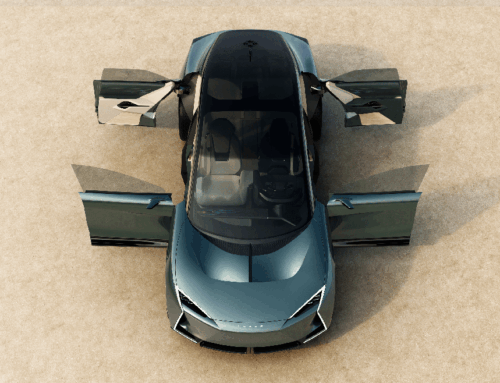The spark was ignited almost by chance, when the Mini team discovered that Deus Ex Machina had customized a classic Mini together with New York graphic designer Matt Willey. There was no warning, no official collaboration, yet the result was so powerful that it immediately caught the attention of the British brand’s designers. That episode sparked a desire to work together, bringing together two seemingly different worlds that share the same language: a passion for cars, customization, and a vibrant culture of freedom and creativity. “There was no need to explain what Mini is and what it represents,” says Holger Hampf, head of design. “Deus already knew our history, from our victories in Monte Carlo to the origins of the brand. There was nothing to teach: they were as passionate as we were, and this made the fusion between our DNA and their aesthetics feel natural.” The result is two one-offs that embody different but complementary souls: The Machina, compact and gritty, rooted in Mini’s racing heritage, and The Skag, electric, fluid, and shaped by the spirit of surfing.
With the Skag, Mini and Deus have brought materials and philosophies into the automotive world that are rarely seen in this field. Translucent fiberglass, neoprene, details reminiscent of surfboards and their handcrafted construction. A risk? Perhaps, but also a perfectly successful challenge. “Fiberglass is not a common material in production cars,” explains Hampf, “but here it was inevitable. The spoiler, for example, is made just like a surfboard: a foam core covered with transparent fiber. It’s authentic, lightweight, and conveys the Deus culture in a language that fits perfectly with ours.” Every detail evokes the beach: from the translucent fiber wheel arches to the dashboard, which recalls the simplicity of surfboards. Inside, neoprene-covered sports seats and fiber trays designed for wetsuits transform the cabin into a small surf shop on four wheels.
While the Skag looks to the sea, the Machina was born on the track. Sleek lines, racing livery, details that pay homage to rallying and motorsport: from the additional headlights on the hood to the rear diffuser inspired by the JCWs that raced at the Nürburgring. Here, the language is that of pure speed, with an aesthetic that does not seek glossy perfection but celebrates roughness, craftsmanship, and the “beauty of imperfection. We call it perfect imperfection,” emphasizes the head of design. “It’s not about adding flaws on paper, but about enhancing tensions and asymmetries. For example, the left and right sides are not identical: this creates a force, an energy that makes the car alive and human. It is the opposite of the sterility of certain smooth surfaces.” The interior is dominated by racing essentials: five-point seat belts, minimal analog controls, mechanical levers and switches that establish a direct link between driver and car.
These two concepts are not exercises in themselves, but a test bed for the future of the brand. Mini defines them as real “business cards”: tools for communicating with fans and customers, to understand which visual languages and emotions deserve to be brought onto the streets every day. “Many Mini enthusiasts want to rediscover our sporting history, from the Monte Carlo rallies to our racing traditions,” explains Hempf. “I can’t say yet which elements will go into production, but the work on graphics and customization will certainly continue in future models. Mini has always played with stripes, race numbers, and Union Jacks on the roof: today we’re just pushing that language a little further.” The collaboration between Mini and Deus Ex Machina has not only produced two extraordinary cars, but has also shown how design can arise from the meeting of authentic passions. From fiberglass that becomes a spoiler to broken symmetry that generates tension, everything speaks of an approach that rejects standardization to celebrate imperfect creativity.

